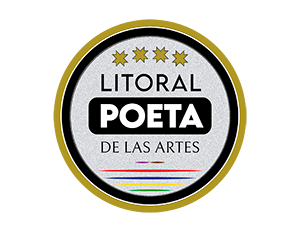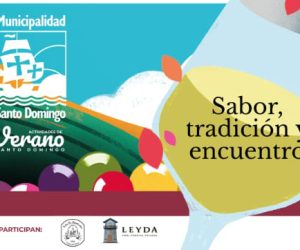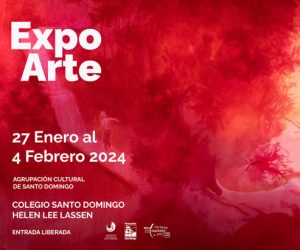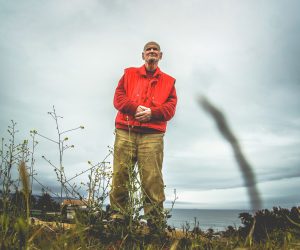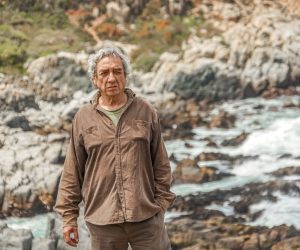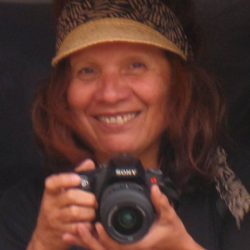Si pudiéramos conectar con Punta de Fraile, ella sería como un tótem. La veríamos como la península guardiana de Algarrobo, la que observa toda la rada de su bahía hacia el norte y hacia el sur, y la que nos resguarda de fuertes vientos y oleajes. Al frente se mira con el Santuario de la Naturaleza, Islote Pájaro Niño, donde viene a anidar el pingüino de Humboldt y en dónde también hemos recibido la visita de delfines y ballenas. La península actúa como una zona de amortiguación del impacto de la presencia humana en este importante santuario.
Algo que quizás muchos no saben es que además de su valor ecosistémico y paisajístico, Punta Fraile es un sitio ceremonial para las comunidades indígenas chango y lafkenche, quienes la han rebautizado como Pillan Wechun, que significa península sagrada. Desde su cima se vislumbra la Cordillera de La Costa y también la Cordillera de Los Andes, de hecho puede verse la cumbre del cerro El Plomo, un antiguo sitio ceremonial incaico. El mismo Islote ha sido documentado como sitio arqueológico funerario. Aquí se han encontrado algunas osamentas y también restos de cántaros de cerámica.
Algarrobo, tierra quebrada y abultada entintada de verdor, inspiración eterna de hálito oceánico. Cuando respiras profundo, la vaguada que exhalas invoca la memoria antigua de tus costas, oculta como fósiles bajo roca sedimentaria, como conchales, como vasijas rotas entre cuevas, como los changos que despiertan y se recuerdan del mar, y el mapudungún que aún nombra, que aún se escucha, que aún reverbera en tantos lugares. En el corazón del corazón, una lengua del cerro se internó en el mar, para poder contemplar satisfecha sus bahías. Desde su posición erguida y magnífica, entregada al abatimiento pasional de las olas de azul impenetrable. Se hizo vivo su canto, gutural como las rocas que reciben el retumbar del agua. Su canto brotó en matorral, en hierbas floridas que se secan al estío, en pinos incansables cuyas agujas rojizas abrigan dulces floreceres: de la pulcra orquídea en su blanco nevado delineado de verde, y la sonrojada alstroemeria asoleando sus hojas por el envés. Su canto llamó al sutil chercán, y al delicado picaflor. Su canto llenó el cielo con la silueta oscura del noble carroñero de la costa. Su canto bajó como gotas de agua al encuentro con el mar, y en sus orillas dejó ver al tímido chungungo, y al estridente pilpilén. Y como faro en la ruta dejó señales para los cetáceos que van de paso. Península amada, impasible y misteriosa, hogar del silencio, del pensamiento calmo. Alabo tu tenacidad, tu grandeza y tus ganas de ser recorrida. En este momento de amenaza, que orgullo me da verte de pie.
